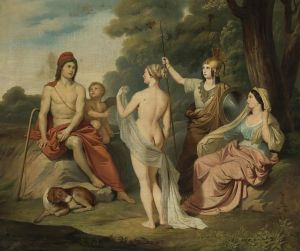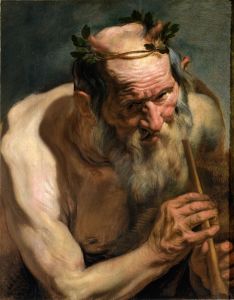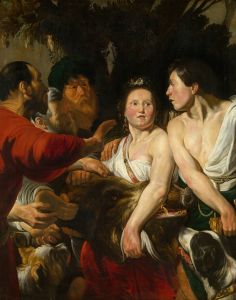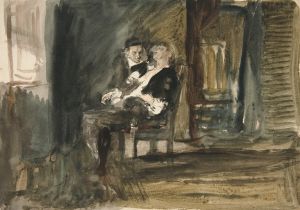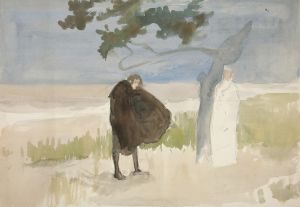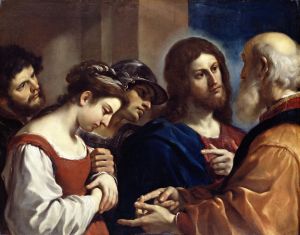
Christus en de overspelige vrouw, voorbereidende schets
A hand-painted replica of Jacob Jordaens’s masterpiece Christus en de overspelige vrouw, voorbereidende schets, meticulously crafted by professional artists to capture the true essence of the original. Each piece is created with museum-quality canvas and rare mineral pigments, carefully painted by experienced artists with delicate brushstrokes and rich, layered colors to perfectly recreate the texture of the original artwork. Unlike machine-printed reproductions, this hand-painted version brings the painting to life, infused with the artist’s emotions and skill in every stroke. Whether for personal collection or home decoration, it instantly elevates the artistic atmosphere of any space.
Jacob Jordaens, a prominent Flemish Baroque painter, is known for his dynamic compositions and vivid use of color. One of his works, "Christus en de overspelige vrouw, voorbereidende schets" (translated as "Christ and the Woman Taken in Adultery, preparatory sketch"), showcases his skill in capturing complex biblical narratives with emotional depth and dramatic intensity.
This preparatory sketch is part of Jordaens' exploration of the biblical story from the Gospel of John, where Jesus is confronted by the Pharisees and scribes with a woman accused of adultery. The narrative is a powerful depiction of mercy and judgment, as Jesus famously states, "Let him who is without sin among you be the first to throw a stone at her." This moment is pivotal, emphasizing themes of compassion, forgiveness, and introspection.
Jordaens' sketch likely served as a preliminary study for a larger, more detailed painting. Such sketches were common practice among artists of the Baroque period, allowing them to experiment with composition, lighting, and the arrangement of figures before committing to the final work. In this sketch, Jordaens would have focused on the positioning of the characters, the interaction between them, and the emotional expressions that convey the narrative's tension and resolution.
The composition in Jordaens' preparatory sketch is expected to reflect his typical style, characterized by robust figures and a strong sense of movement. His use of chiaroscuro, the contrast between light and dark, would have been employed to highlight the central figures and create a sense of depth. This technique not only adds drama to the scene but also guides the viewer's eye to the focal points of the narrative.
Jordaens was part of the Flemish Baroque tradition, heavily influenced by his contemporaries, such as Peter Paul Rubens and Anthony van Dyck. While he never traveled to Italy, unlike many of his peers, Jordaens was able to study Italian works in Antwerp, which influenced his style. His works often exhibit a blend of Northern European realism with the grandeur and expressiveness of the Italian Baroque.
The preparatory sketch for "Christ and the Woman Taken in Adultery" would have been an essential step in Jordaens' creative process. It allowed him to refine his ideas and ensure that the final painting effectively communicated the story's moral and emotional weight. While the final painting itself may or may not have survived, the sketch remains a testament to Jordaens' artistic process and his ability to convey complex human emotions through biblical themes.
In summary, Jacob Jordaens' "Christus en de overspelige vrouw, voorbereidende schets" is a significant example of his work as a Baroque artist. It illustrates his method of preparing for larger compositions and his skill in interpreting biblical stories with a focus on human emotion and moral complexity. Through this sketch, Jordaens continues to be recognized for his contribution to the rich tapestry of Flemish Baroque art.





